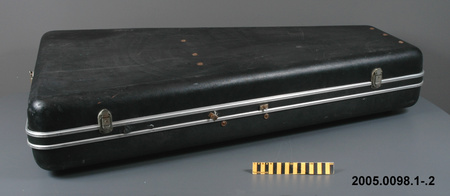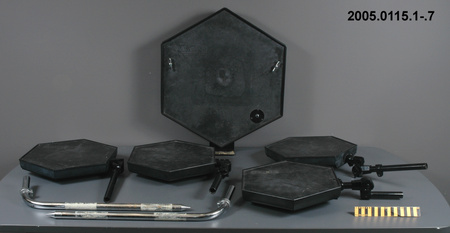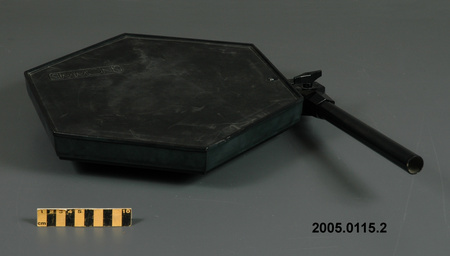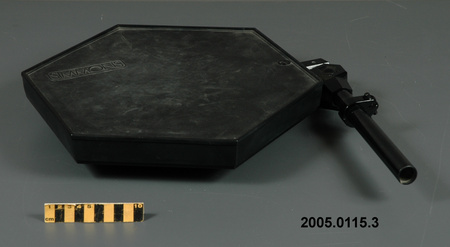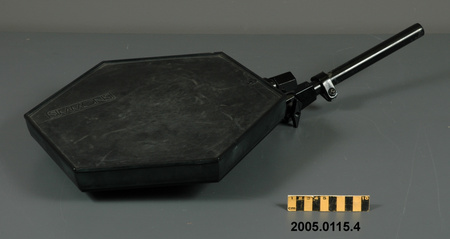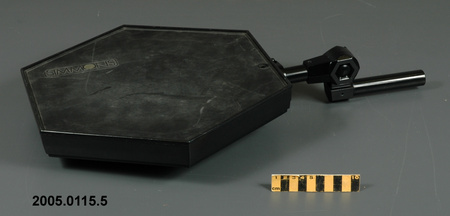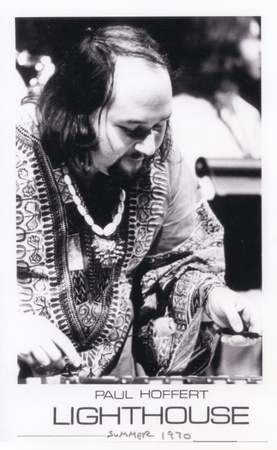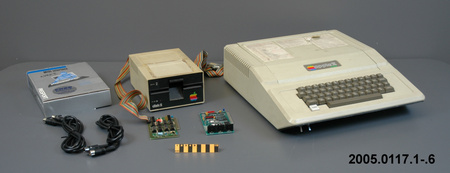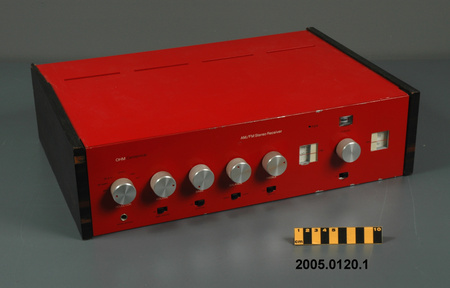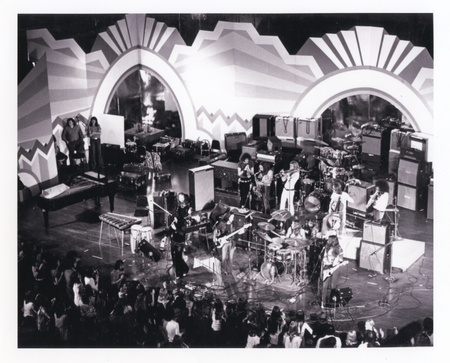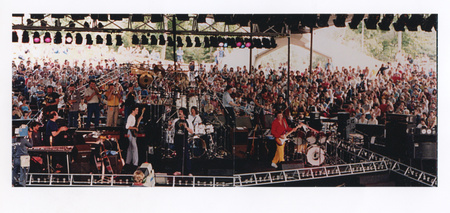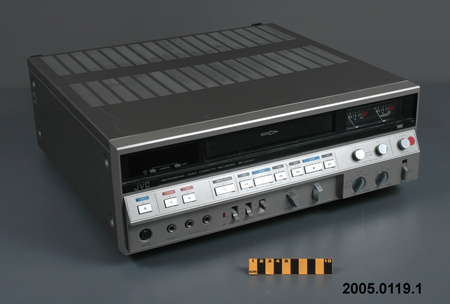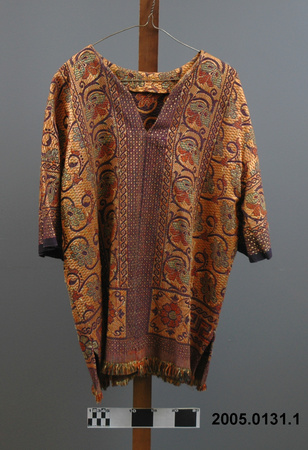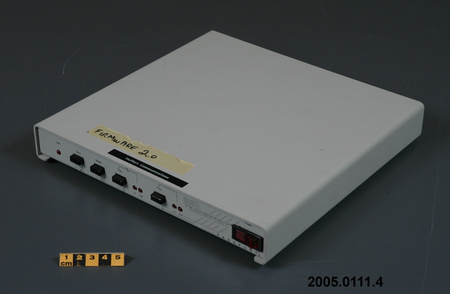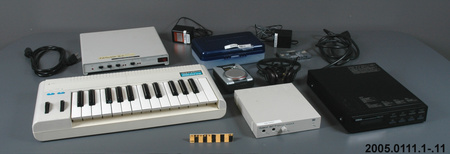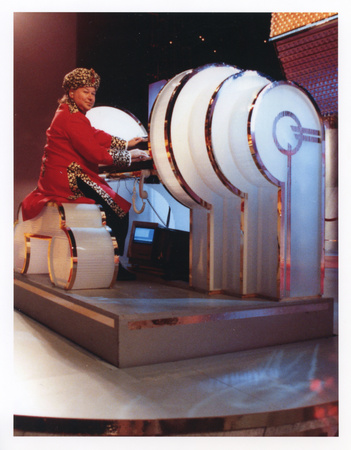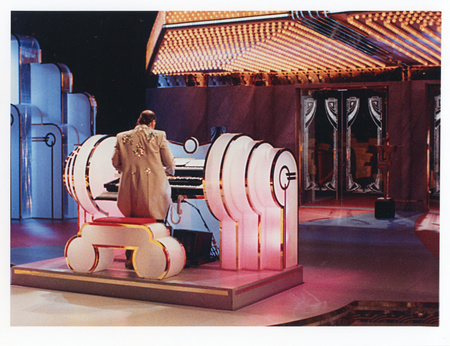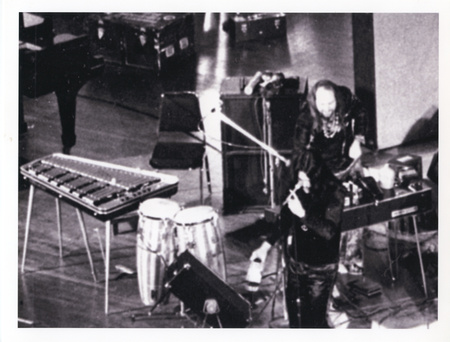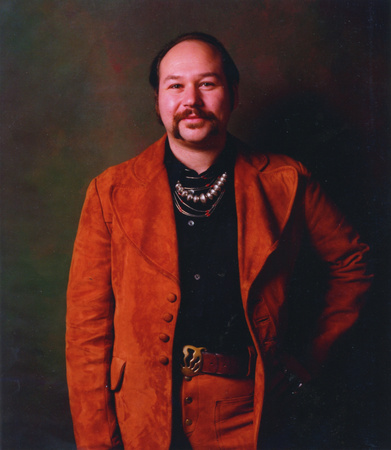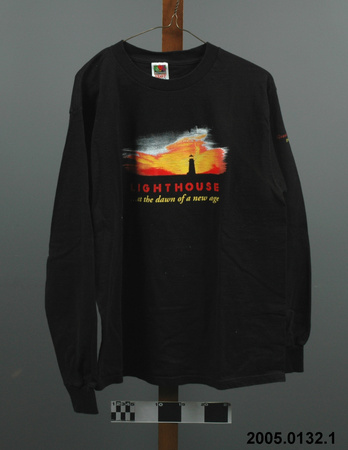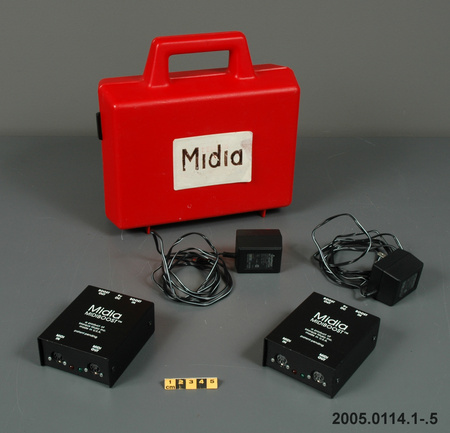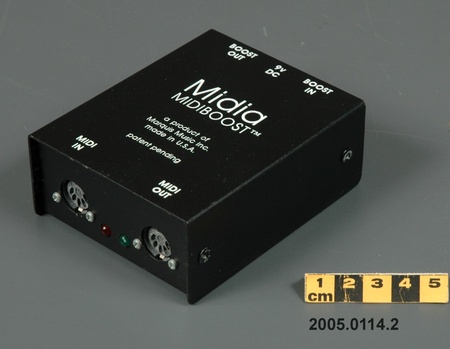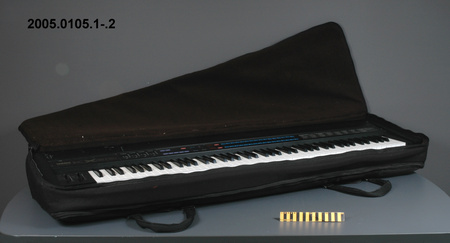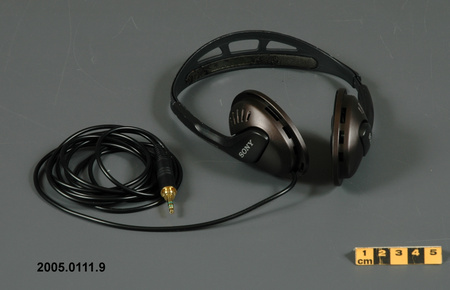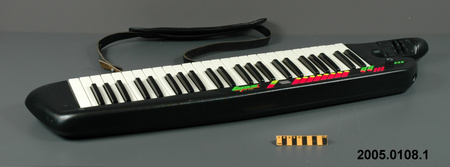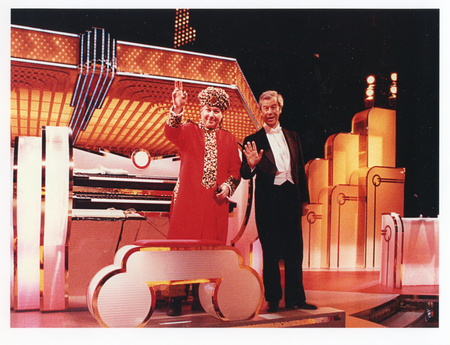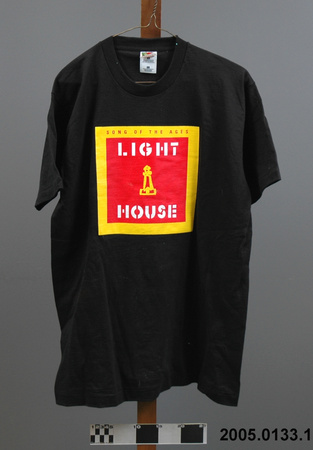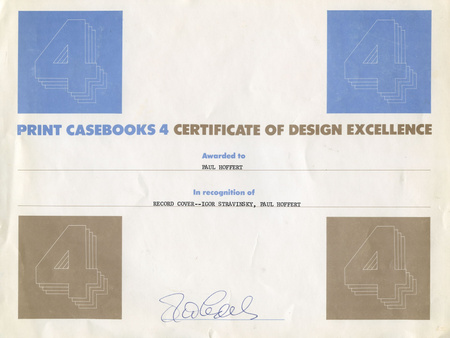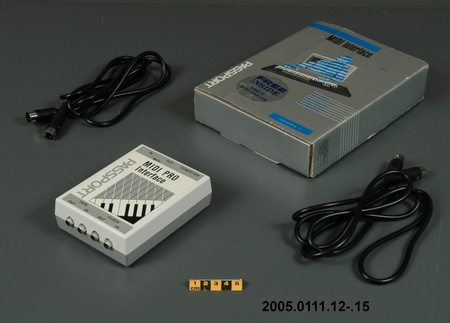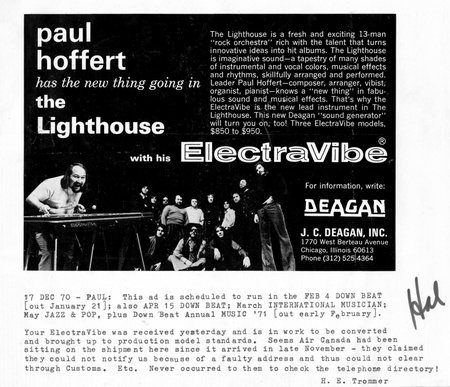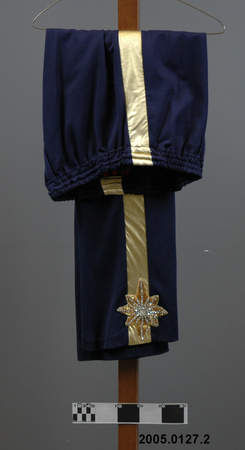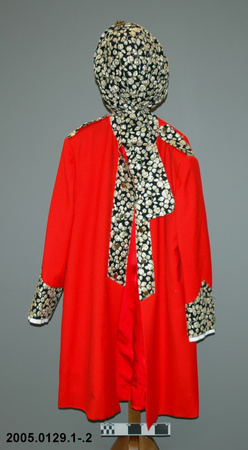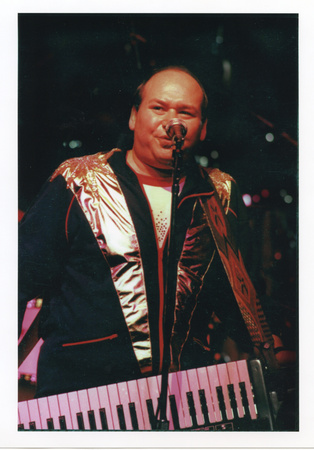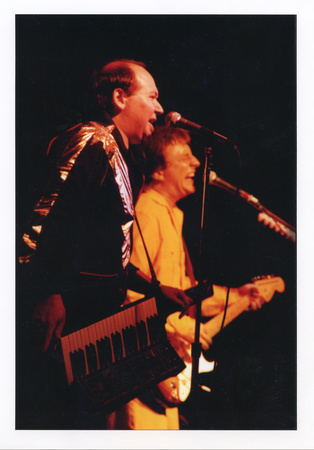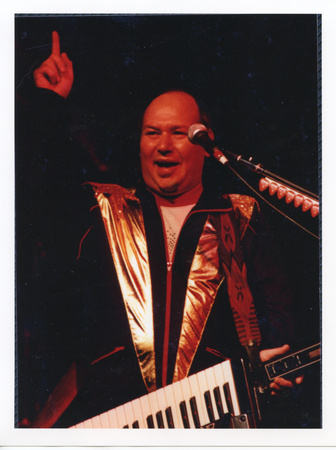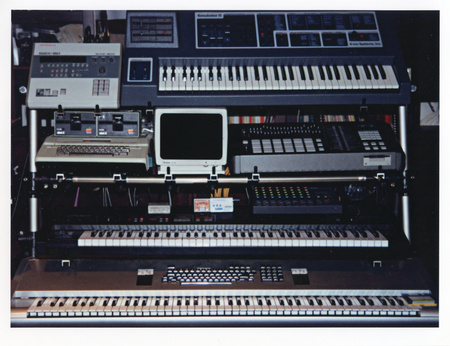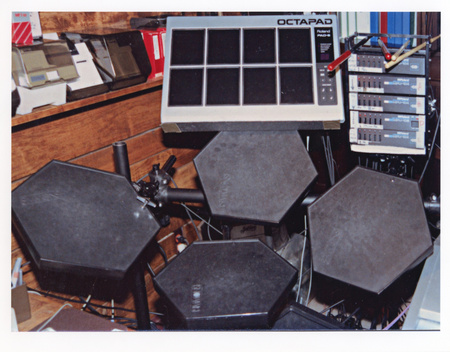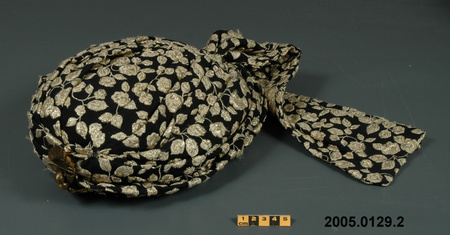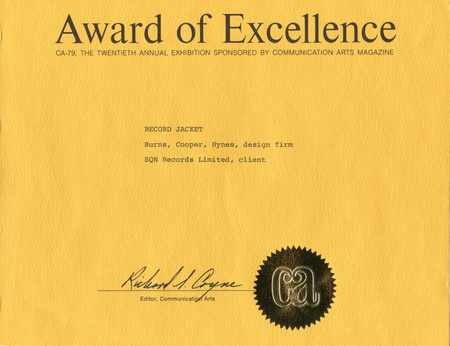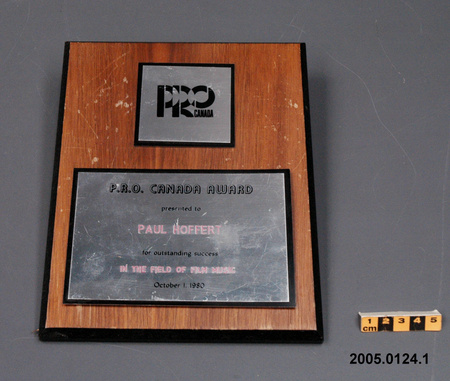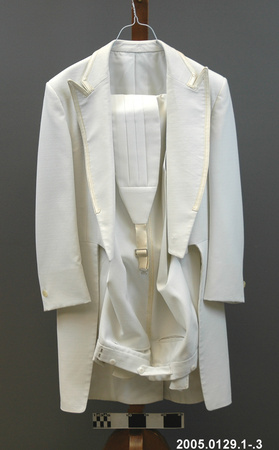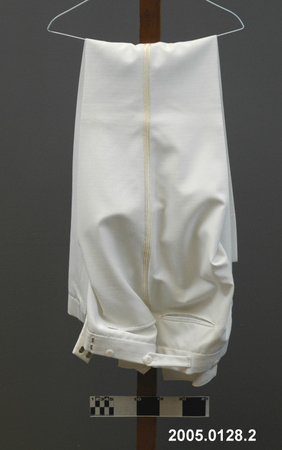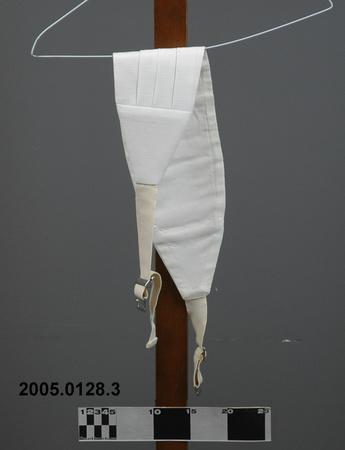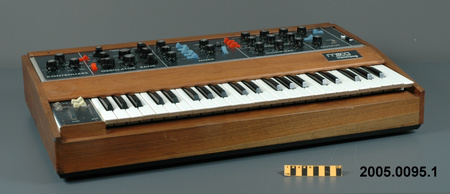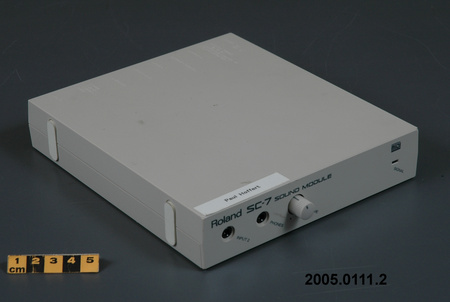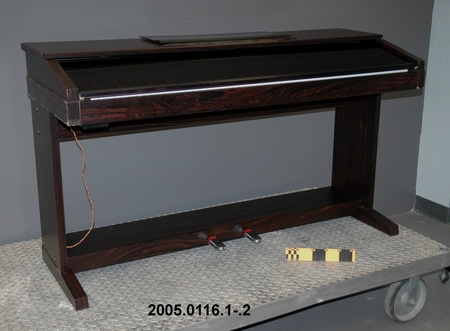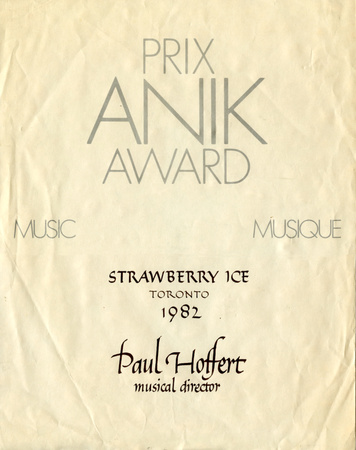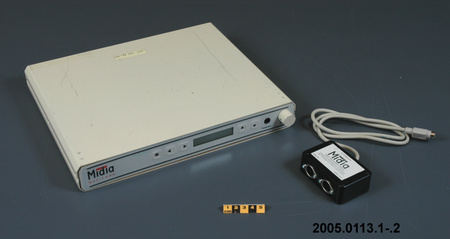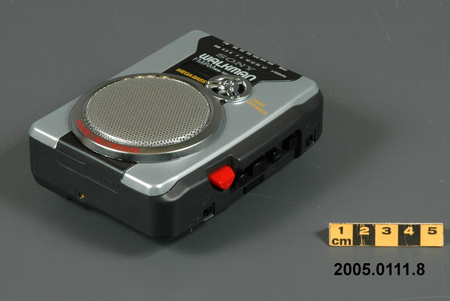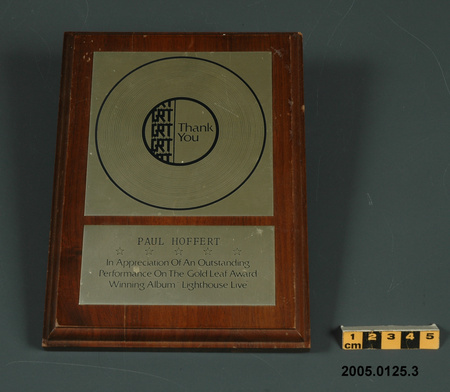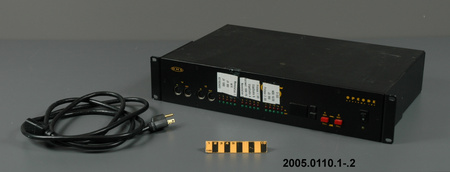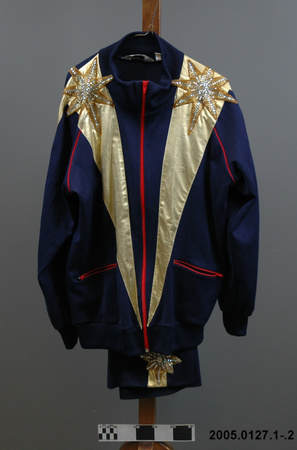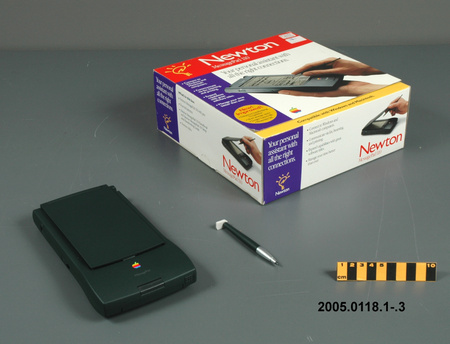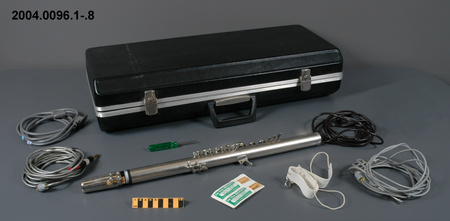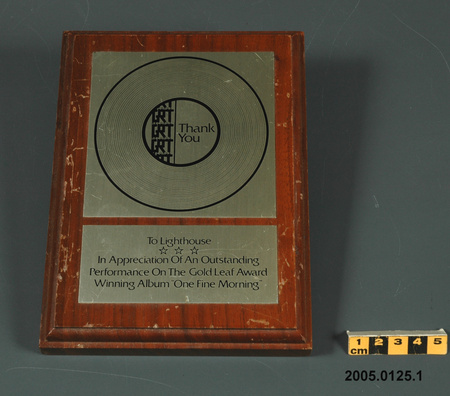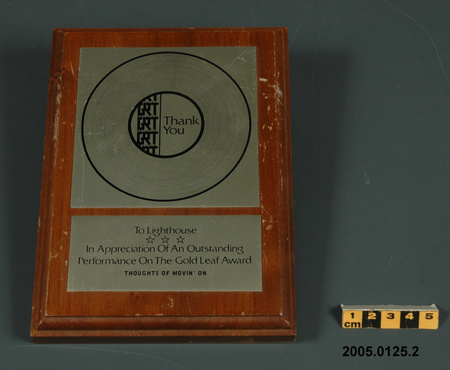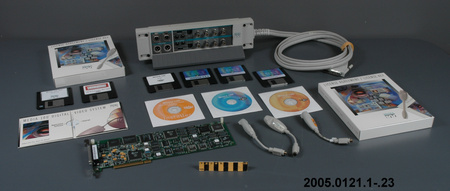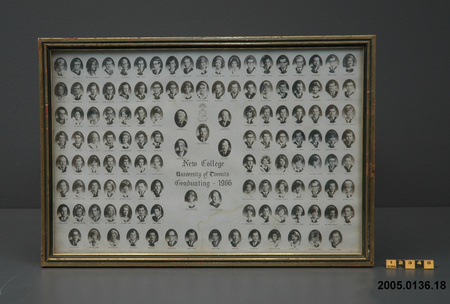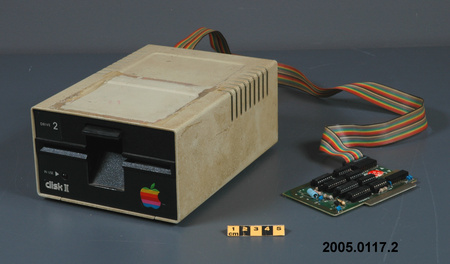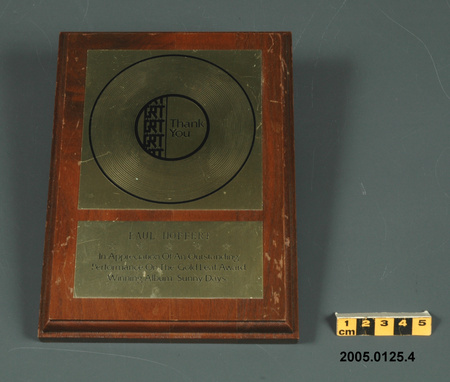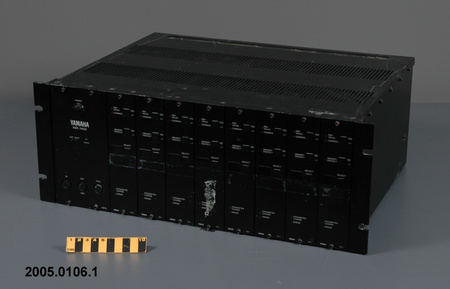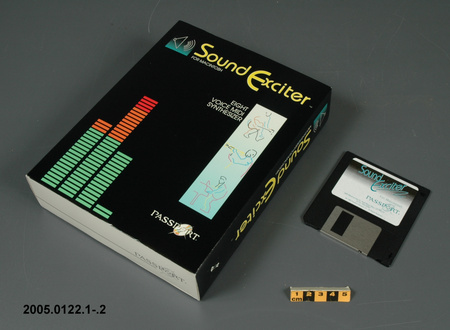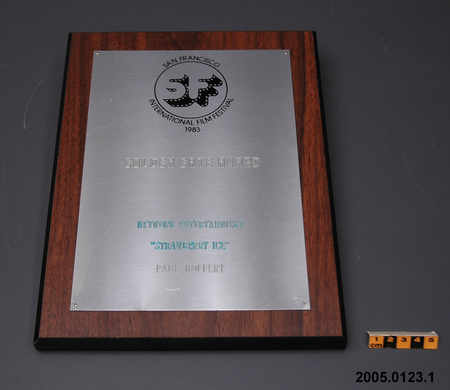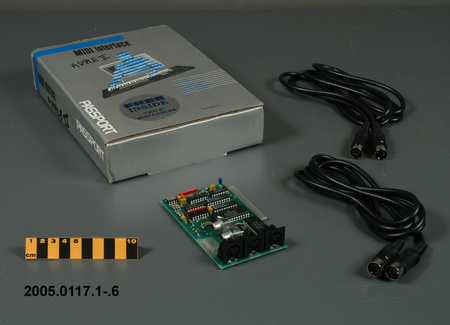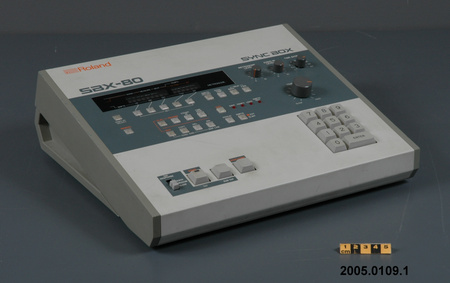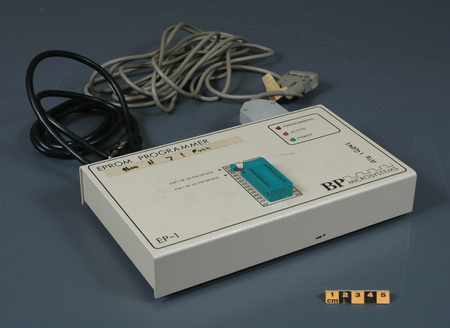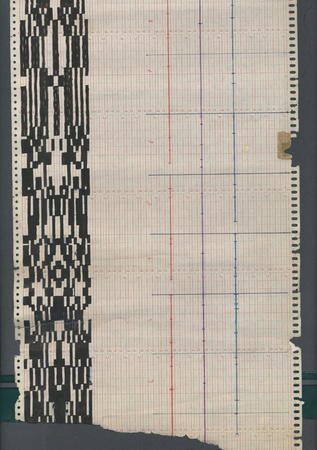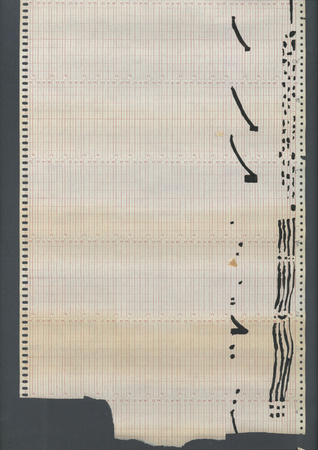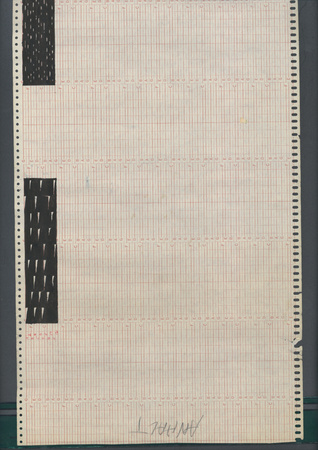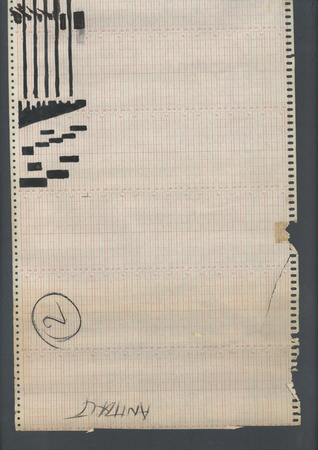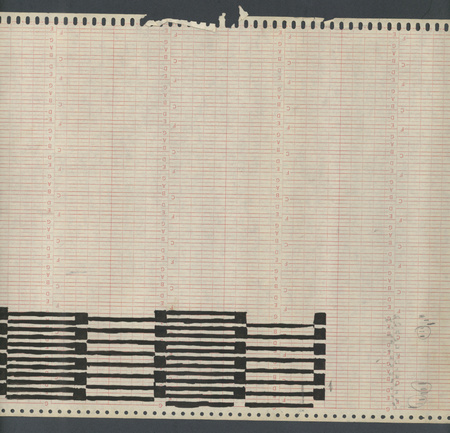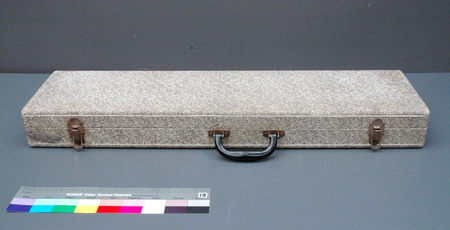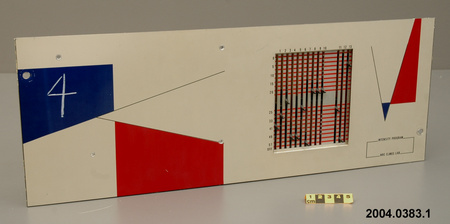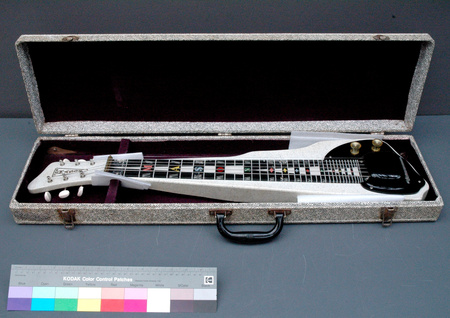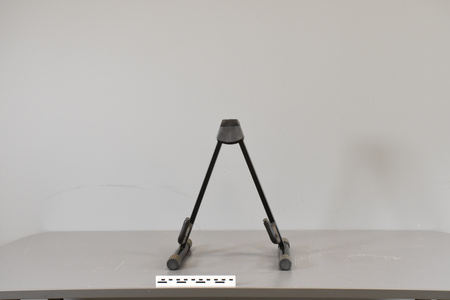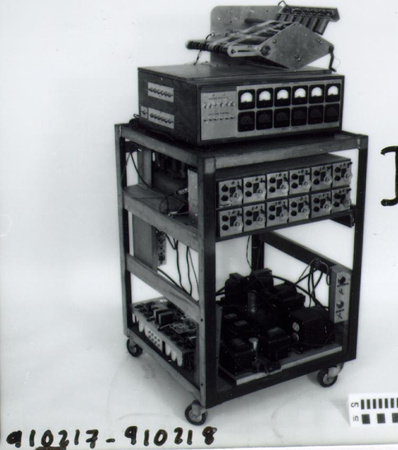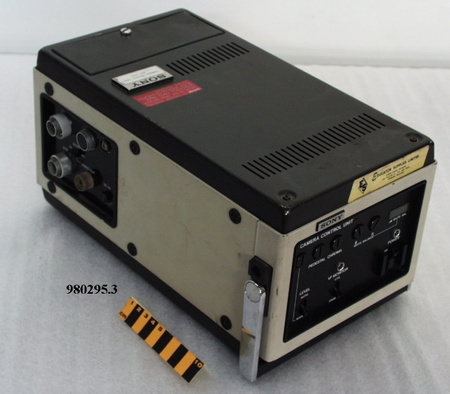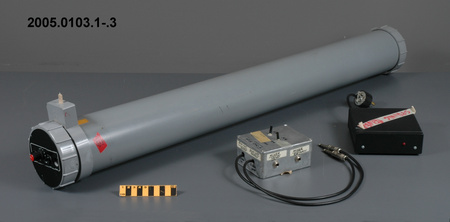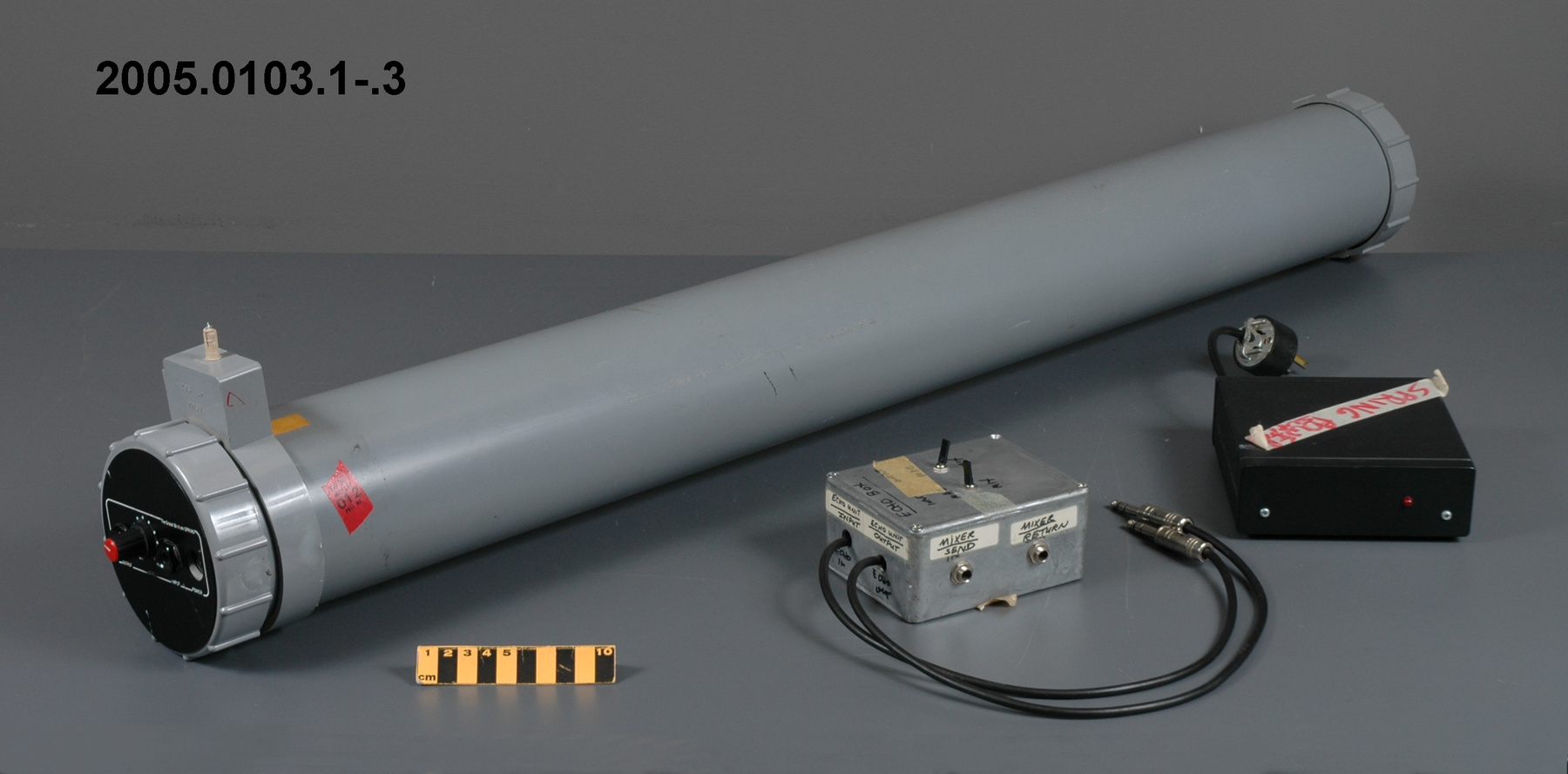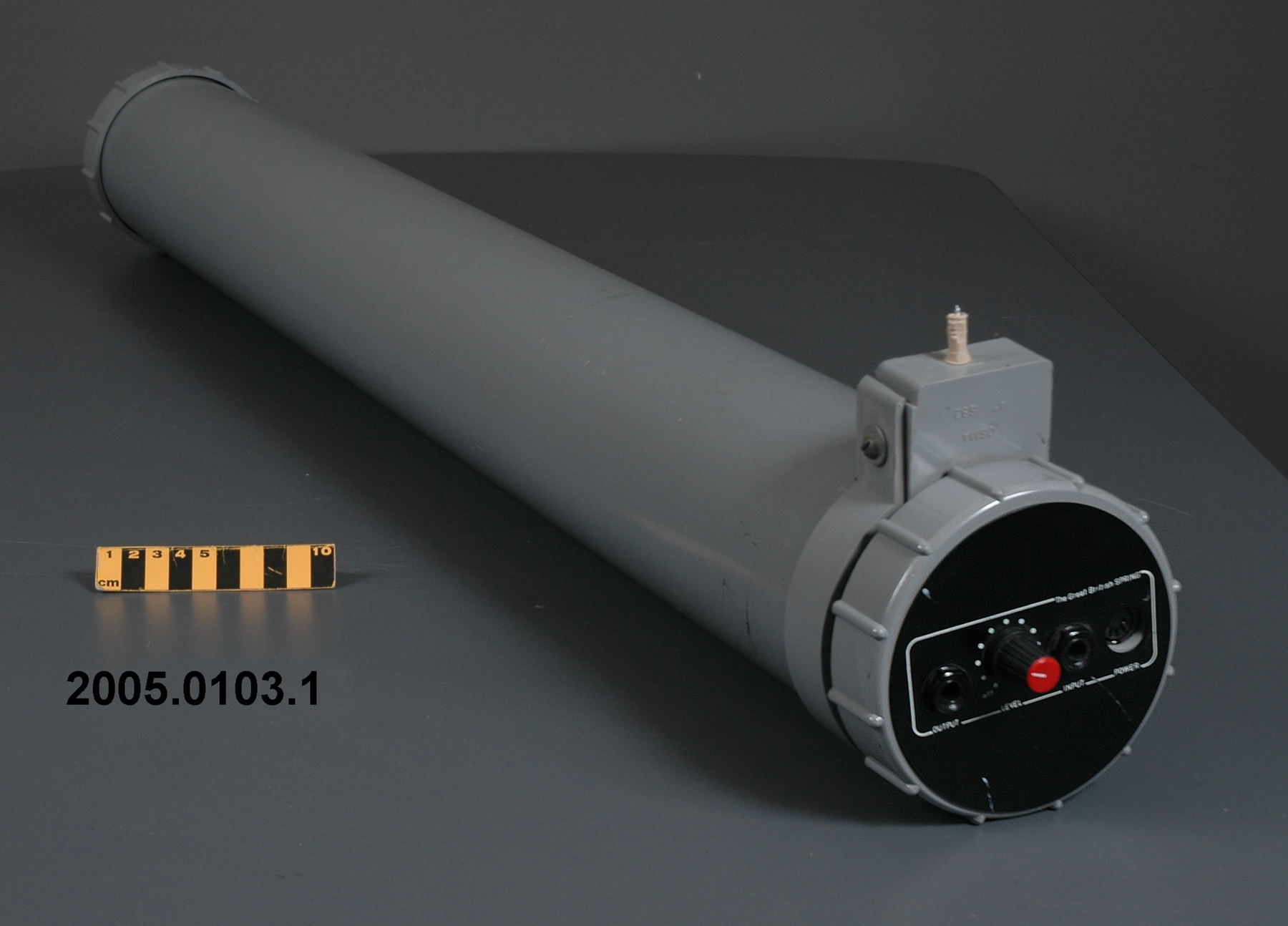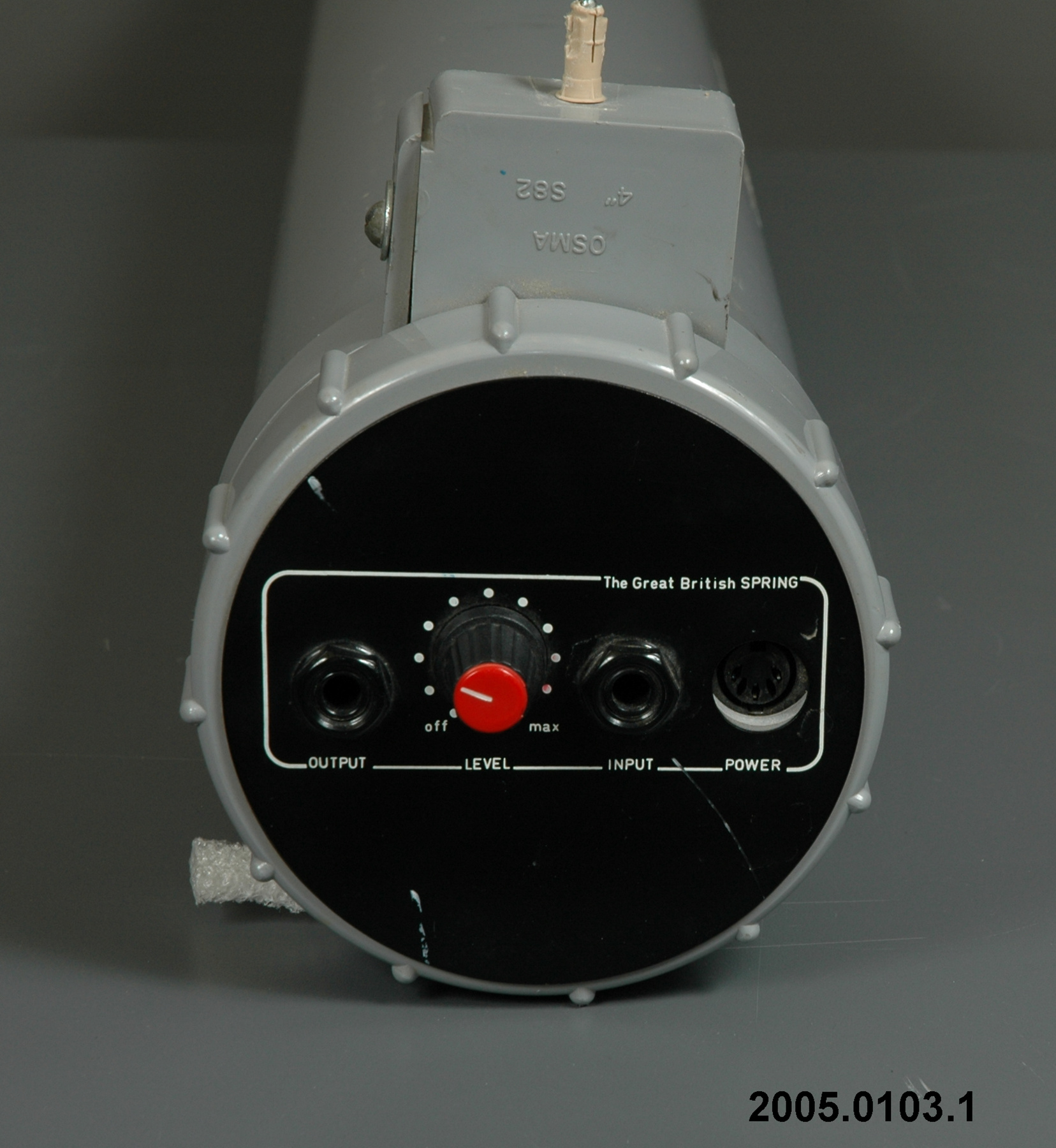Unité réverbérant
Utiliser cette image
Puis-je réutiliser cette image sans autorisation? Oui
Les images sur le portail de la collection d’Ingenium ont la licence Creative Commons suivante :
Copyright Ingenium / CC BY-NC-ND (Attribution-NonCommercial 4.0 International (CC BY-NC 4.0)
ATTRIBUER CETTE IMAGE
Ingenium,
2005.0103.001
Permalien:
Ingenium diffuse cette image sous le cadre de licence Creative Commons et encourage son téléchargement et sa réutilisation à des fins non commerciales. Veuillez mentionner Ingenium et citer le numéro de l’artefact.
TÉLÉCHARGER L’IMAGEACHETER CETTE IMAGE
Cette image peut être utilisée gratuitement pour des fins non commerciales.
Pour un usage commercial, veuillez consulter nos frais de reproduction et communiquer avec nous pour acheter l’image.
- TYPE D’OBJET
- analogue/spring reverb
- DATE
- 1975
- NUMÉRO DE L’ARTEFACT
- 2005.0103.001
- FABRICANT
- Inconnu
- MODÈLE
- Great British Spring
- EMPLACEMENT
- Inconnu
Plus d’information
Renseignements généraux
- Nº de série
- S/O
- Nº de partie
- 1
- Nombre total de parties
- 3
- Ou
- S/O
- Brevets
- S/O
- Description générale
- synthetic tube, end pieces, controls and parts/ metal springs and parts
Dimensions
Remarque : Cette information reflète la taille générale pour l’entreposage et ne représente pas nécessairement les véritables dimensions de l’objet.
- Longueur
- 102,2 cm
- Largeur
- 12,5 cm
- Hauteur
- 17,5 cm
- Épaisseur
- S/O
- Poids
- S/O
- Diamètre
- S/O
- Volume
- S/O
Lexique
- Groupe
- Communications
- Catégorie
- Musique
- Sous-catégorie
- S/O
Fabricant
- Ou
- Inconnu
- Pays
- Inconnu
- État/province
- Inconnu
- Ville
- Inconnu
Contexte
- Pays
- Canada
- État/province
- Inconnu
- Période
- mid 1970s +
- Canada
-
Part of a collection of electronic equipment for musical composition, performance and recording owned and used by Canadian Paul Hoffert, composer, musician, author, researcher, entrepreneur and arts administrator. American born, he came to Canada as a child and his career has encompassed many areas of the Canadian music business, including working as a jazz pianist, CBC music director and performer, educator, manufacturer of stereo equipment, music producer, and film composer. In the late 1960s he worked for a short time as a researcher in Hugh LeCaine's electronic music lab at NRC, where he wrote a computer program for music analysis and developed a solid-body electric violin. In 1968 Hoffert and rock drummer Skip Prokop, formed the very successful jazz-rock band Lighthouse (1969-1974, 1982, 1993-present), which earned one platinum record and four gold records and received three Juno awards between 1971 and 1973 In 1977 Hoffert received a Canadian Film Award (later known as a Genie) for best original musical score for the movie "Outrageous!". He also headed the Academy of Canadian Cinema and Television, the Guild of Canadian Film and Television Composers,and the Ontario Council for the Art. In 1995 he was inducted into the Canadian Rock and Roll Hall of Fame. In 2009 he was appointed a Member of the Order of Canada. - Fonction
-
A device used to create sound reverberations by converting an electrical audio signal into vibrations of a metal spring and then converting these vibrations back into an audio signal. - Technique
-
The Hoffert collection consists of approximately 25 pieces of electronic equipment for musical composition, performance and recording. These range from iconic keyboard instruments of the 1970s, to a variety of digital devices from the 1980s, to computer software from the early 1990s. These were used either for stage performances, especially during his years in the jazz rock band Lighthouse, or for work in his home studio. A spring reverb is essentially a tube containing a metal spring or springs. At one end is a transducer that converts the electrical audio input from a guitar or other device into mechanical vibrations in the spring. At the other end of the tube these vibrations are picked up by another transducer that converts them back into an electrical signal. Spring reverbs were commonly found in electric guitar amplifiers in the 1960s and 1970s. Most of these were small devices of poor quality. Developed by Andrew Stirling, the Great British Spring Reverb is one meter long, and solidly constructed from a length of grey plastic tubing similar to that used in drainpipes. It is said to have been especially effective with string instruments, producing "a very complex wash of reflections."(Ref. 1) - Notes sur la région
-
Inconnu
Détails
- Marques
- white lettering on control panel reads ''The Great British Spring' with white lettering for control functions/ raised lettering on tube side reads in part 'CSMA-1-BS.4514' and on end 'OSMA/ 4"/110 MM/ 2 292'
- Manque
- unknown
- Fini
- grey synthetic tube and parts/ black synthetic control panel/ red and black controls
- Décoration
- S/O
FAIRE RÉFÉRENCE À CET OBJET
Si vous souhaitez publier de l’information sur cet objet de collection, veuillez indiquer ce qui suit :
Fabricant inconnu, Unité réverbérant, vers 1975, Numéro de l'artefact 2005.0103, Ingenium - Musées des sciences et de l'innovation du Canada, http://collection.ingenium.ca/fr/id/2005.0103.001/
RÉTROACTION
Envoyer une question ou un commentaire sur cet artefact.
Plus comme ceci


